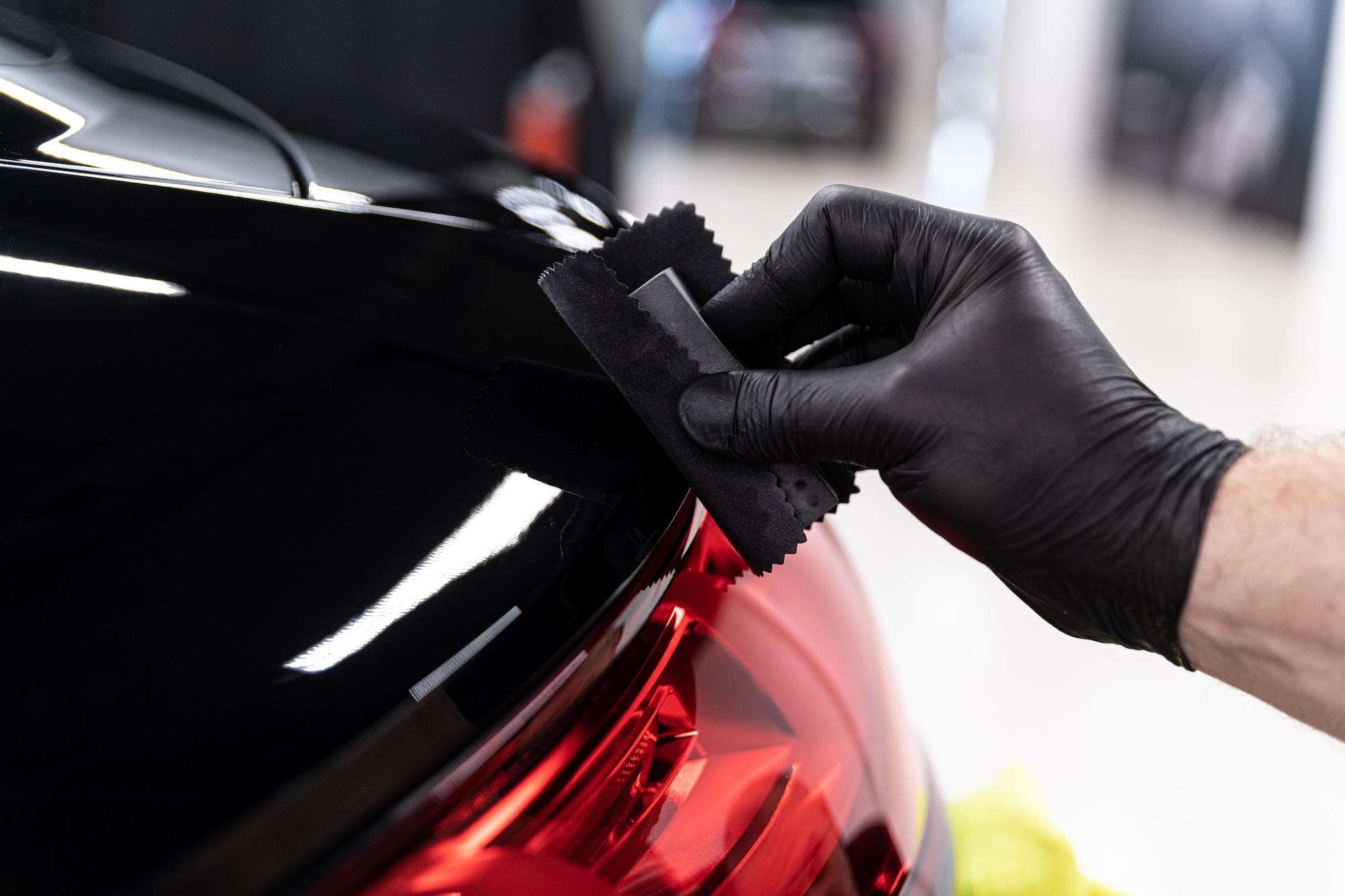1966 Ford Mustang Mach 1 concept cars
[ad_1]
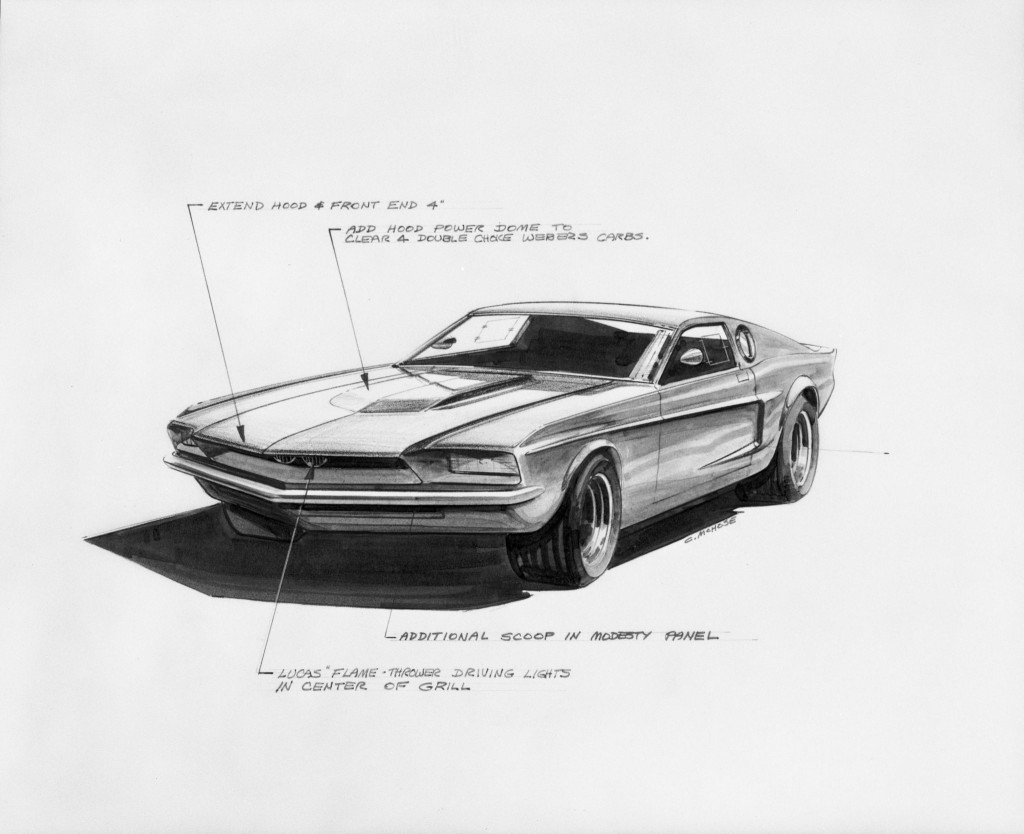
The electric power-dome hood in this sketch is really very similar to the style and design on the 2010-2011 Mustang. (Courtesy of Ford Motor Enterprise)
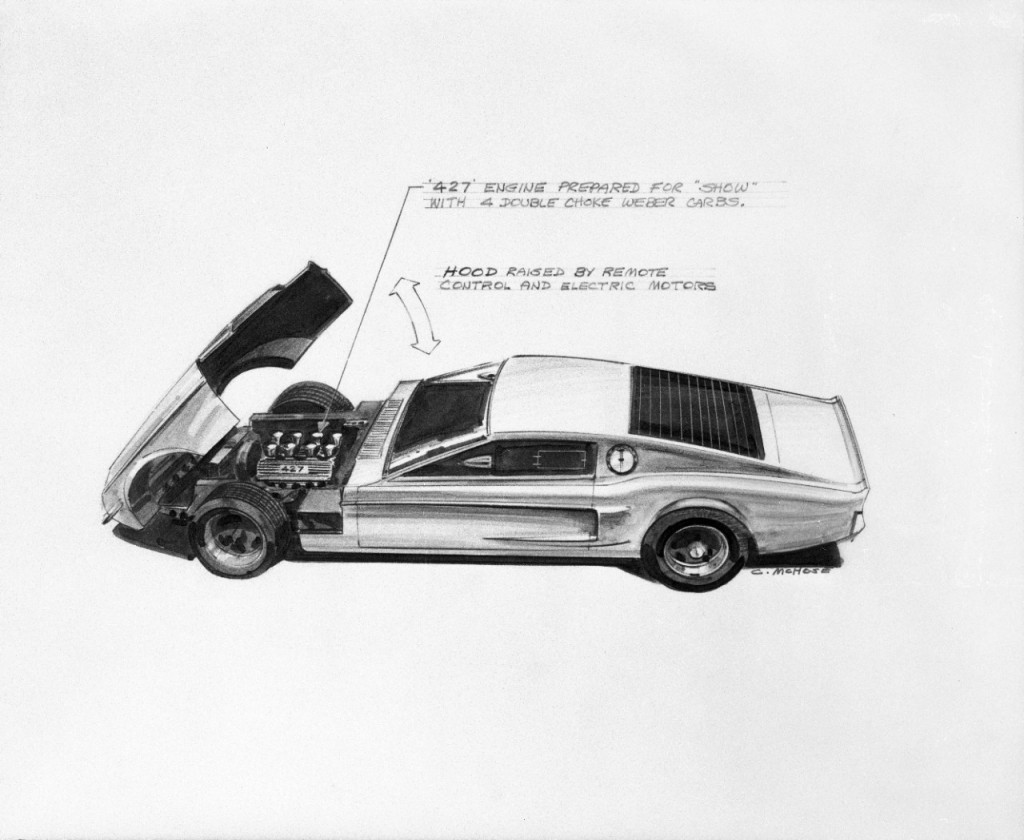
In this early design and style sketch, the entrance bodywork formed a single piece hinged at the front to expose the motor compartment. A 427-cubic inch V8 with four carburetors was intended to electrical power the strategy. (Courtesy of Ford Motor Corporation)
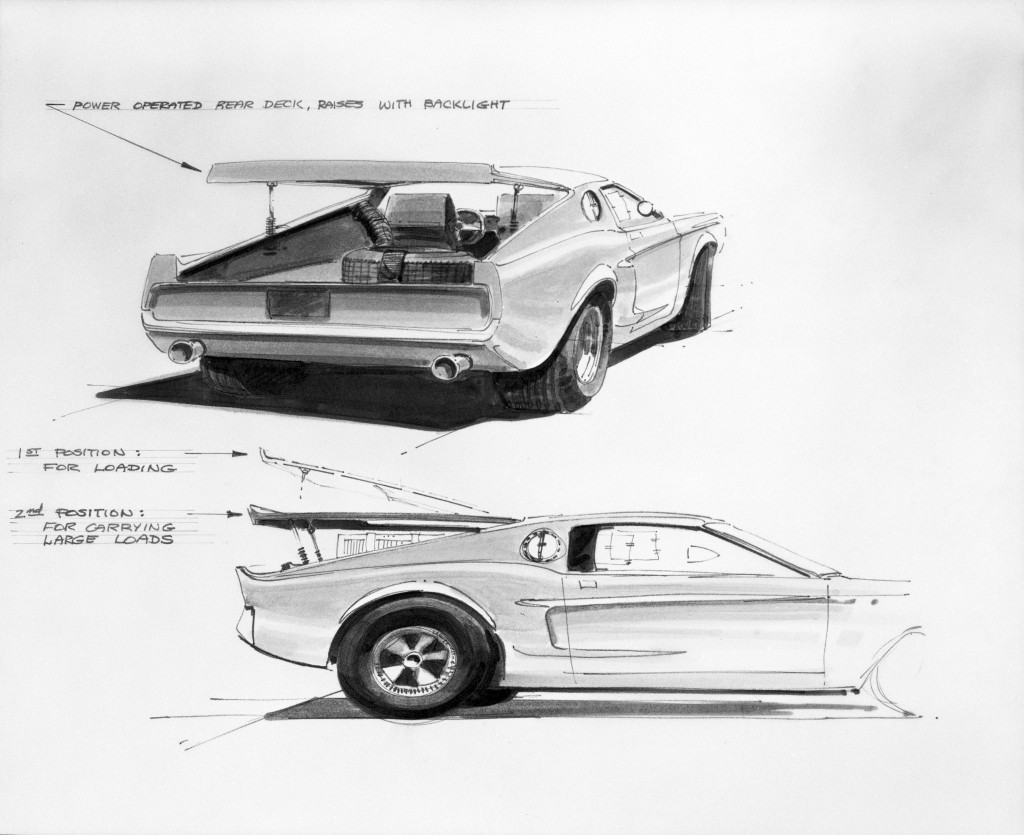
The two-position hatchback was meant to accommodate extended objects in a around horizontal place or open broader for cargo loading. (Courtesy of Ford Motor Firm)
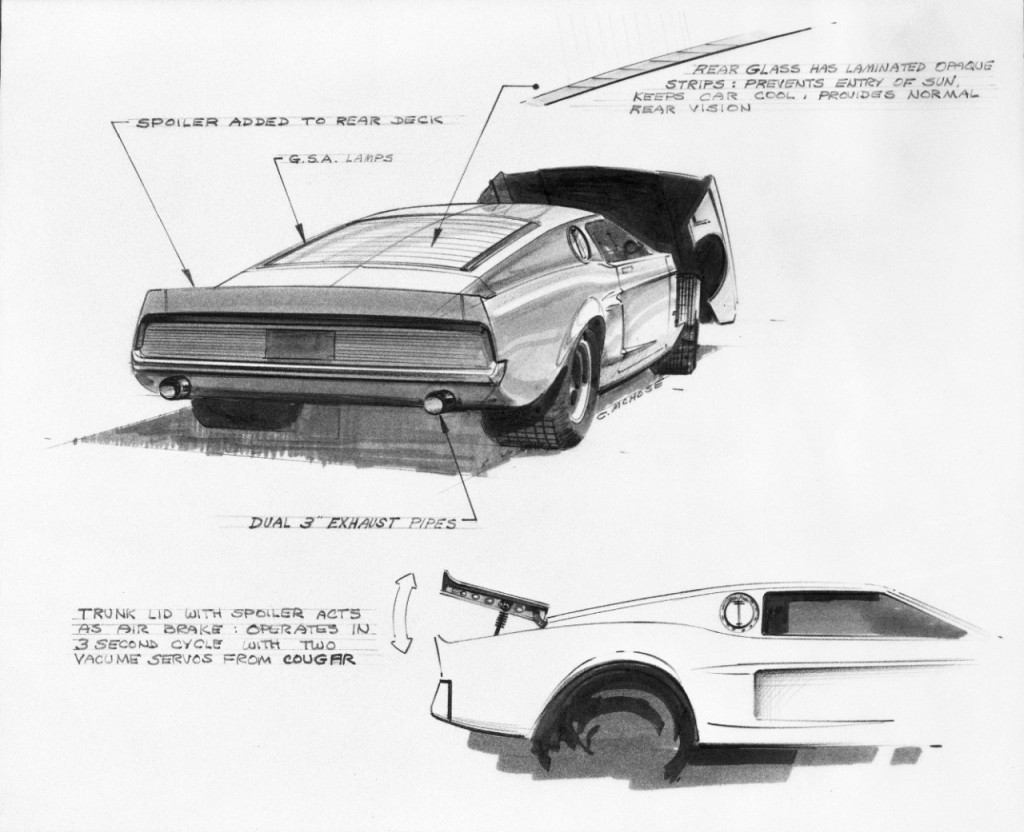
Sketch of 1966 Ford Mustang Mach 1
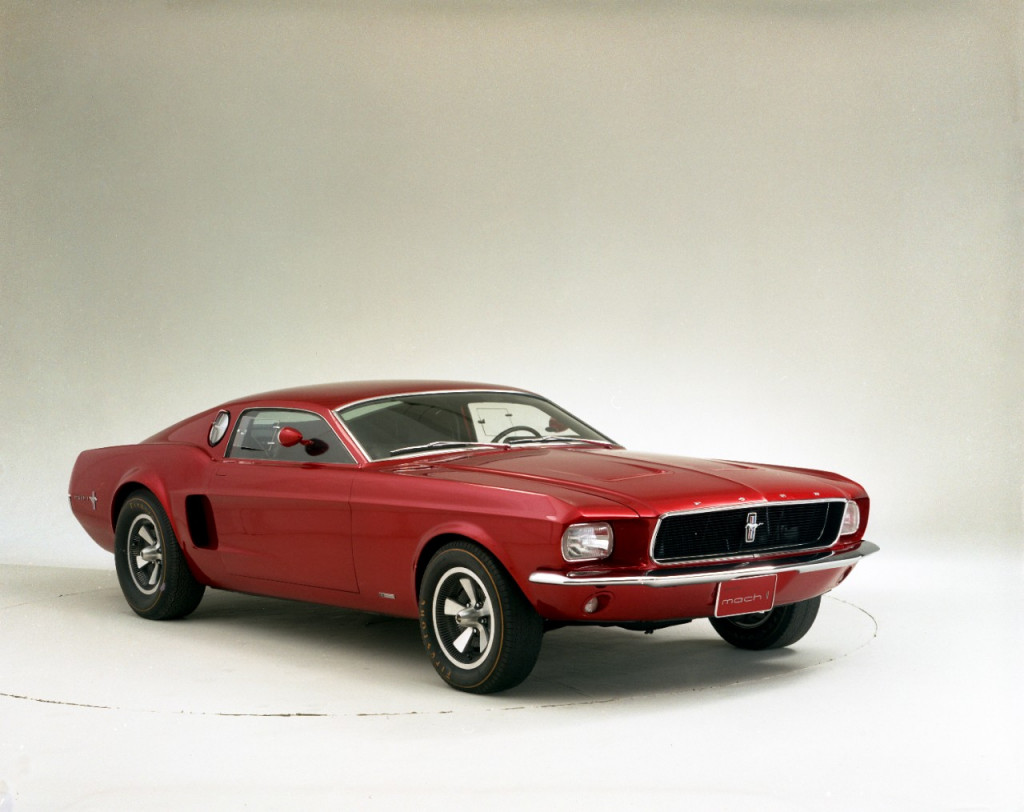
The Mustang Mach I strategy as it was revealed at vehicle demonstrates in late 1966 and into 1967. The power-dome hood from the sketches by no means designed it to the display car. (Courtesy of Ford Motor Enterprise)
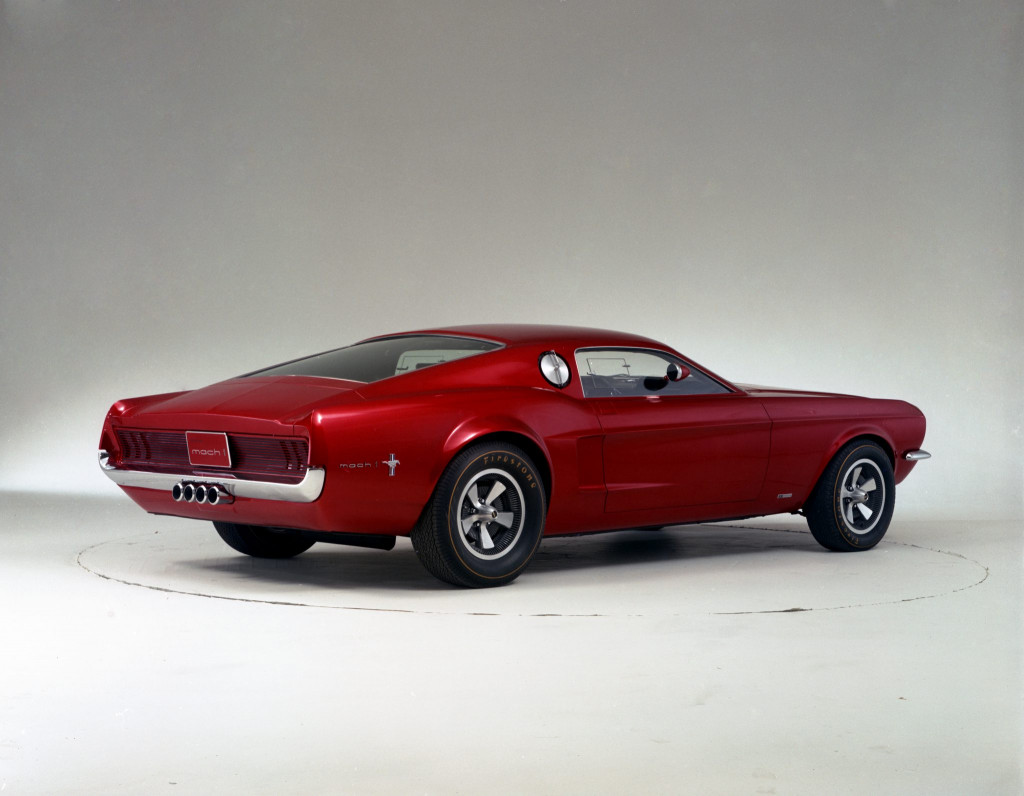
The rear of the 1966-1967 Mustang Mach I had a fastback that sloped down to the close of the decklid and a concave rear fascia comparable to the 1967 to 1968 output types. (Courtesy of Ford Motor Firm)
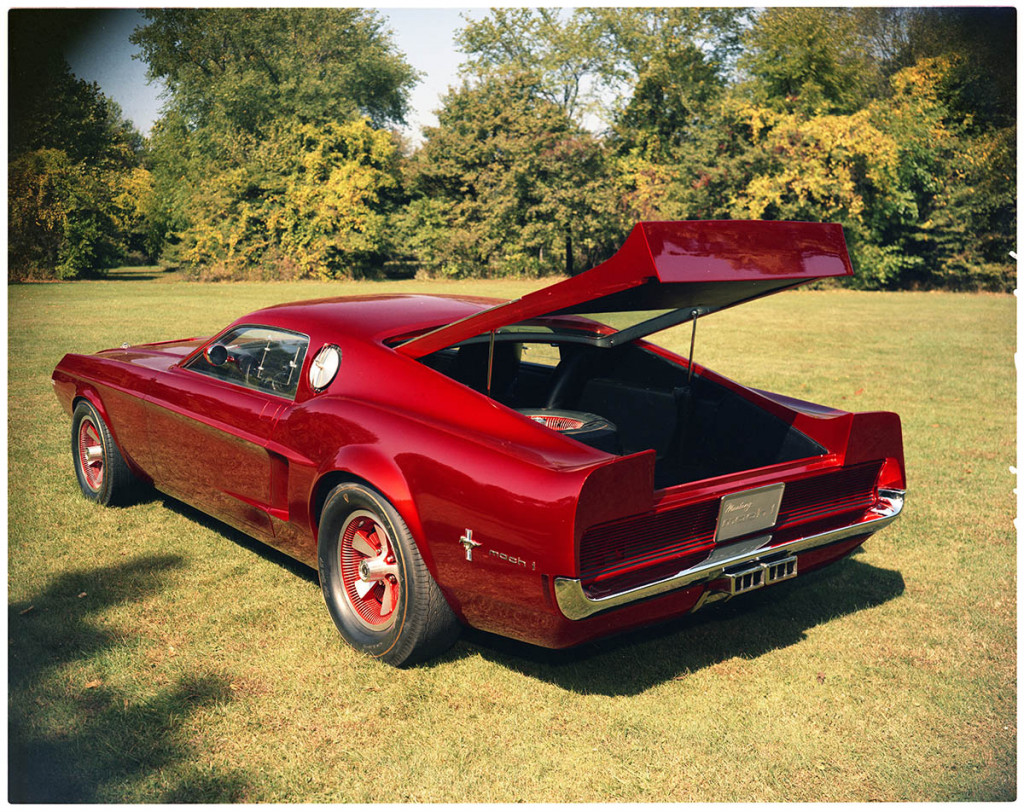
The Mach 1, as it was proven at the 1967 Detroit Car Show with a confront nearer to output Mustangs of the time. The very low-minimize roofline and racing-type gasoline cap in no way designed it to manufacturing, but the hatchback did finally get there on the 1974 Mustang II. (Courtesy of Ford Motor Business)
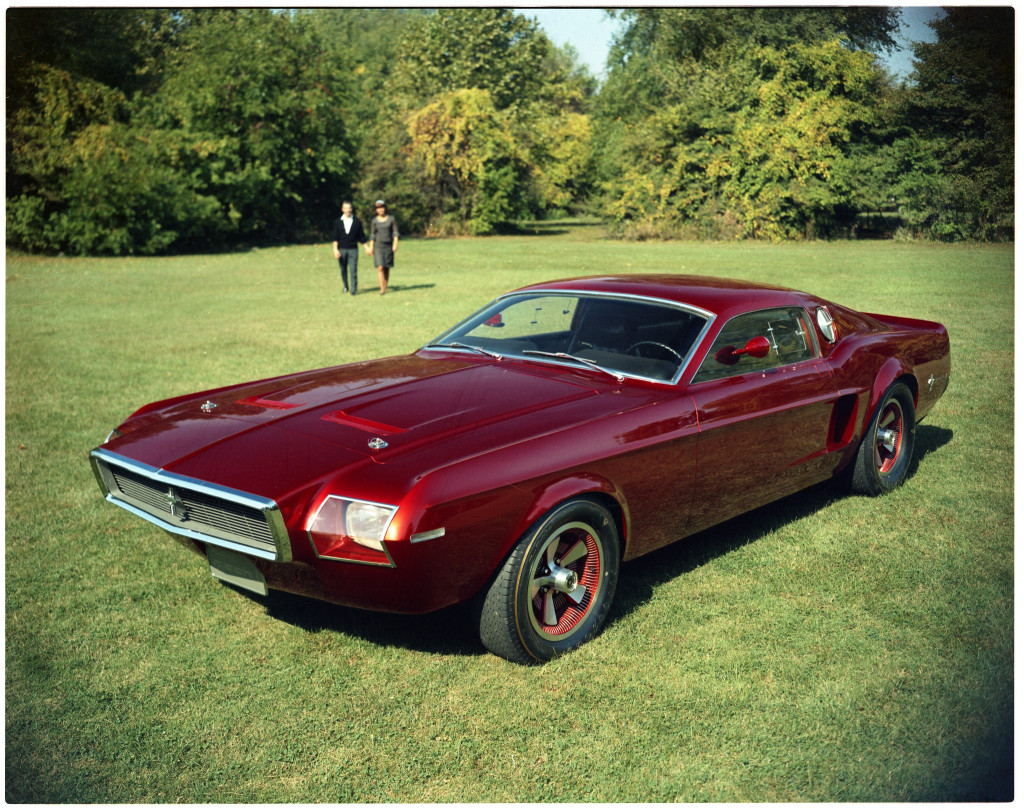
For the 1968 vehicle present period, the designers crafted a new entrance finish that took inspiration from the 1963 Mustang II thought with its protected headlights and chrome rimmed protruding grille. (Courtesy of Ford Motor Enterprise)
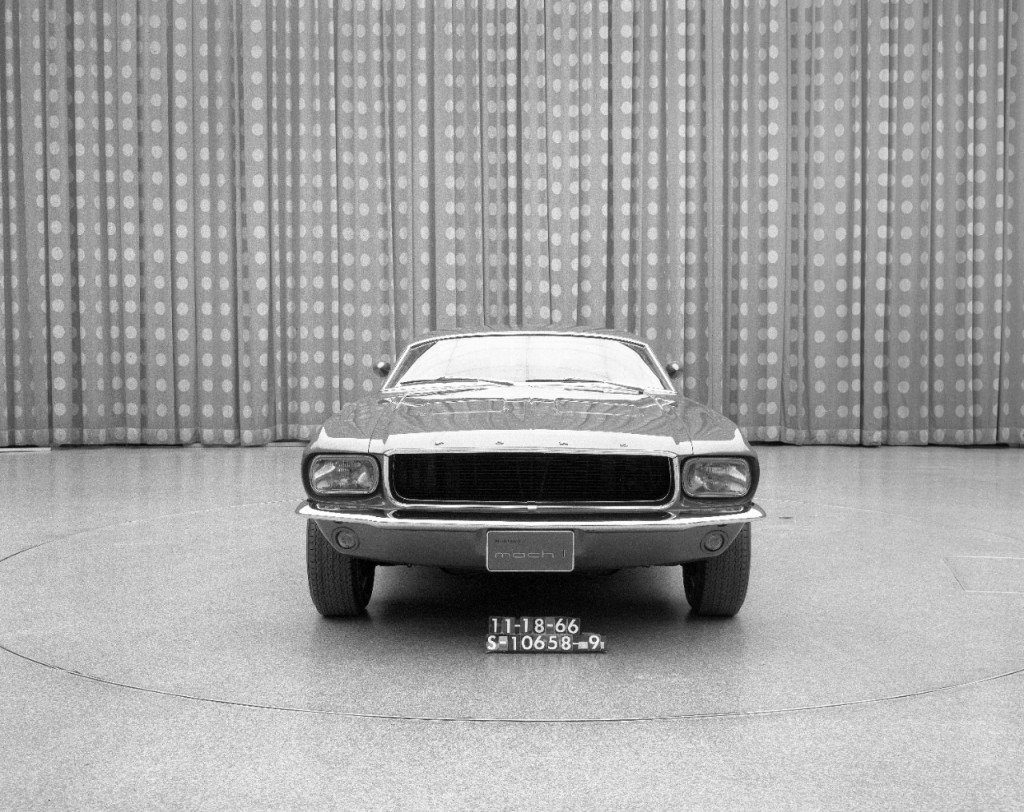
Front watch of the Mustang Mach I concept with oval headlights identical to those made use of on the to start with structure design of what would develop into the 1965 Mustang. (Courtesy of Ford Motor Company)
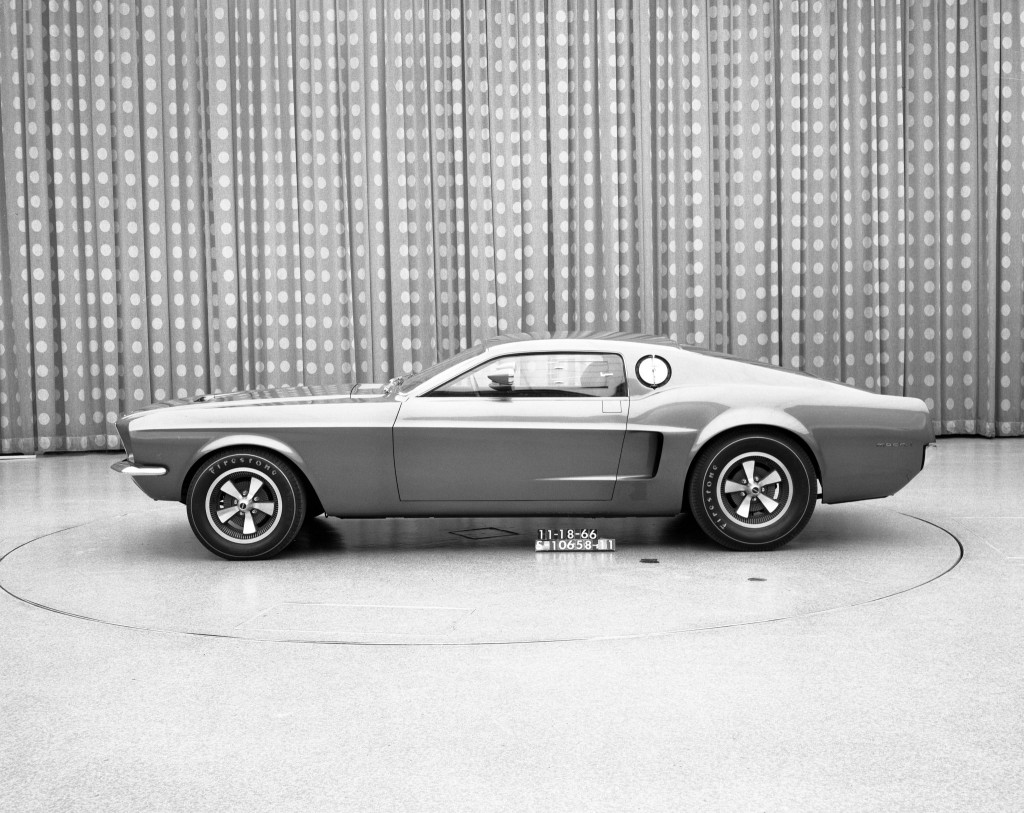
The minimal roofline of the Mustang Mach I is obviously noticeable in this profile look at. (Courtesy of Ford Motor Organization)
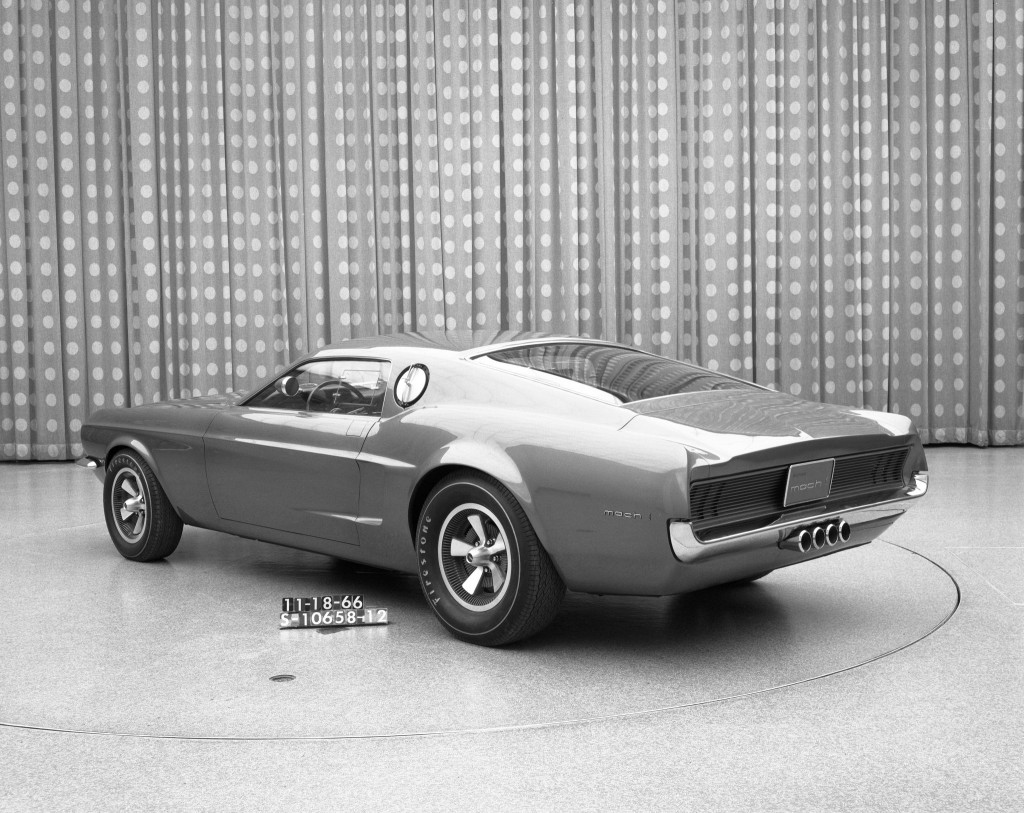
The rear of the Mustang Mach I traded the twin 3-inch tail-pipes from the sketch for four lesser centrally mounted pipes. (Courtesy of Ford Motor Firm)
This report, created by David P. Castro, was at first published on ClassicCars.com, an editorial lover of Motor Authority.
[ad_2]
Source hyperlink




